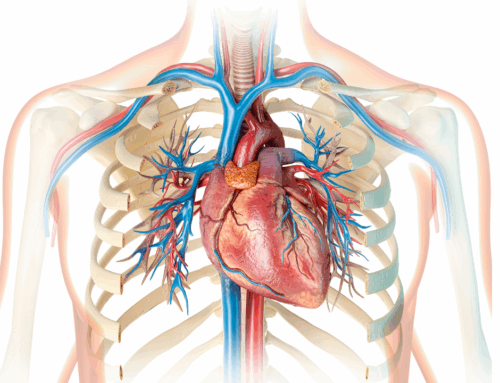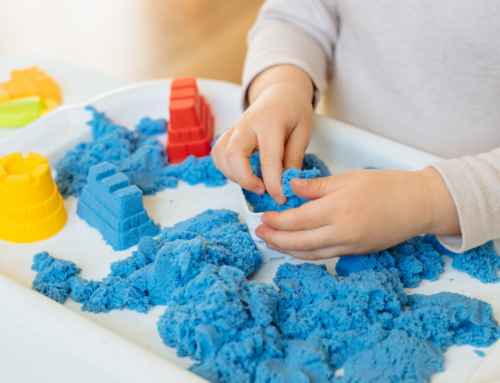At Little Medical School, we love bringing the tools and techniques of real veterinarians into the hands of curious kids. In this STEM activity, your child will become a vet tech for the day—building a simple “X-ray viewer” to examine animal bones and learn how technology helps keep pets healthy.
No radiation needed—just creativity, engineering skills, and a little imagination!
What You’ll Learn
- Science: How X-rays show what’s inside an animal’s body
- Technology: How vets use imaging tools to diagnose problems
- Engineering: Building a lightbox viewer from everyday materials
- Math: Measuring, cutting, and fitting pieces accurately
What You’ll Need
- A shoebox with a lid (or similar cardboard box)
- White tissue paper or thin tracing paper
- A flashlight, small LED light, or battery-powered tap light
- Tape or glue
- Animal “X-ray” images (printable templates work great—cats, dogs, horses, etc.)
- Scissors or a craft knife (with adult supervision)
- Ruler
- Pencil
Step-by-Step Instructions
- Mark Your Viewing Window
On the lid of your shoebox, measure and draw a rectangle about 5 x 7 inches (or the size you want your X-rays to display). - Cut the Window
Carefully cut along your pencil lines to make an opening. This will be the front of your X-ray viewer. - Create the Light Diffuser
Tape or glue a sheet of white tissue paper or tracing paper over the inside of the opening. This will help spread light evenly—just like in a real X-ray viewer. - Add the Light Source
Place your flashlight or LED light inside the shoebox, positioned so it shines toward the tissue paper. Secure it with tape so it doesn’t roll or shift. - Insert Your “X-rays”
Find or print animal X-ray images. Slide them over the tissue paper so the light shines through, revealing the bones in detail. - Examine Like a Vet
Pretend you’re a veterinarian reviewing scans. Can you see a cat’s tail bones? How many ribs does a dog have? Do horses have knee caps? (Yes, they do!)
STEM Connection
In real veterinary clinics, X-rays use electromagnetic radiation to capture images of bones, teeth, and sometimes internal organs. The dense parts of the body (like bones) block more of the X-rays, appearing white on the image. By making your own lightbox, you’re recreating how vets view these images—no special machines required!
Take It Further
- Make a set of mystery “X-rays” and have friends guess the animal.
- Use tracing paper to draw your own imaginary creature’s skeleton.
- Build a larger lightbox to display multiple images side by side.
- Compare animal skeletons to see which bones they have in common with humans.
? Fun Fact: A cat has more bones than a human—about 230 compared to our 206! Many of these are in their flexible spine and tail, which is why they can twist and leap so gracefully.







Leave A Comment
You must be logged in to post a comment.